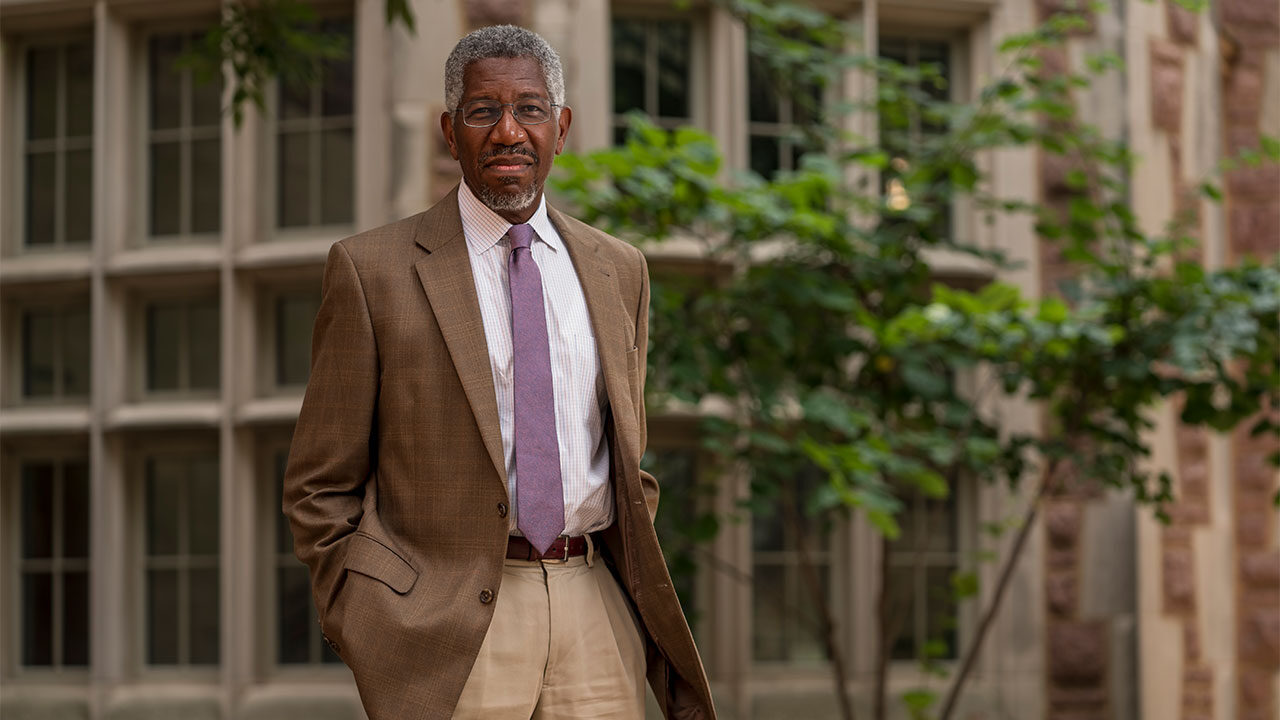
Dress me up for battle
When all I want is peace
—The Isley Brothers, “Harvest for the World”
“I come up hard,” so goes the first line in Marvin Gaye’s 1972 movie theme song, “Trouble Man.” It reflects the lives of many African Americans throughout their history in the United States. The epic persecution and oppression that Blacks endured have made life for them a struggle to survive. But in confronting and overcoming “the hard life,” the people themselves had to become hard, enact a harsh stoicism, a sometimes pitiless discipline, to withstand their dehumanization. This dehumanization forced them to expend great physical and emotional energy in surviving, in having to do things that never should have been required of them in order simply to live decently and die easy.
The irony is that the cost of bearing this dehumanization, defending and articulating our humanity as a form of opposition, results in the loss of some of our humanity, an erosion. Becoming hard costs something, demands a sacrifice. As the protagonist’s father explains in African American writer Ronald Fair’s 1972 coming-of-age novel, We Can’t Breathe: “Look, son, I don’t want you so goddam hard that you can’t enjoy none of your life! I don’t want you to turn into no piece of granite with hardly no feelings for nobody so all you know how to do is fight. That’s just like bein’ dead.” And so it is that the severe measures it takes to survive ultimately make it impossible to be a fully living person.
In the essays that follow, my colleagues brilliantly enumerate the various challenges, embedded structurally and enacted persistently, that Blacks face as a result of the COVID-19 pandemic and the concomitant urban police brutality crisis which has produced hundreds of demonstrations and several acts of violence. Douglas Flowe poses the question of whether the conviction of the police officer who killed George Floyd will bring lasting change. Clarissa Hayward explains that the Black Lives Matter demonstrations are in the tradition of creating social change in a democratic society. William Maxwell considers our present moment against the backdrop of St. Louis’s tragic racial history as described in Walter Johnson’s The Broken Heart of America. Rebecca Wanzo considers a cartoon by Bianca Xunise that combines both the COVID-19 epidemic and the controversy of wearing face masks with the George Floyd/Eric Garner meme “I Can’t Breathe” as a way of exploring the connecting issues of racial injustice in both. Will Ross provides a look at the racial inequities in medical treatment that has long tarnished American history as a backdrop for his data-rich discussion of the disparate racial impact of COVID-19. Kim Norwood considers the disparate racial impact of COVID-19 on Black school children who are most at risk from reduced in-school services or a move to complete online instruction. And Adia Wingfield discusses racial equity in the workplace and how the burden of its success falls unfairly on those who have been its victims.
What a thing it is for a Black person to be an American, to have paid the price to be an American that even to this day continues to exact its payment.
Taken together, this robust array of pieces illuminates why life has been so hard for Black Americans: namely, the enduring legacy and power of racism and the inadequacy, wrong-headedness, or sheer perversity of the solutions offered for the long-standing “Negro Problem.” But the essays are not necessarily despairing, although they would have every right to be; rather, they are, in some ways, expressions of hope as much as they are affirmations of how the struggle of Black humanity has so deeply enriched and empowered much that is good and worthy, profoundly moral and artistically innovative about American life.
Whatever can be said about the “hardness” of African American life, we must remember that Black life in America is an astonishing achievement. As Ralph Ellison reminded the sociologists of his day, “But can a people (its faith in an idealized American Creed notwithstanding) live and develop over three hundred years simply by reacting? … why cannot Negroes have made a life upon the horns of the White man’s dilemma?”
And so we have made a life, expressive, wise, learned in its forms of excellence, ethical in its aspirations, and courageous in its assertion of our belief in this country. Imagine Black people genuflecting before the flag and the National Anthem, such an anguished patriotism that Whites could never begin to express! What a thing it is for a Black person to be an American, to have paid the price to be an American that even to this day continues to exact its payment.
Polls tell us that among the demographics of the Democratic Party, Blacks are by far the most religious and most likely to attend church regularly. The stern faith of the evangelical Christianity of their forebears runs through their hearts and minds, sometimes anti-intellectual and intolerant, sometimes majestically electric with the moral power of social change. In thinking of this, I often tremble at the thought that most Blacks have never stopped believing that this country, wicked and blessed, will always have God on its side.
